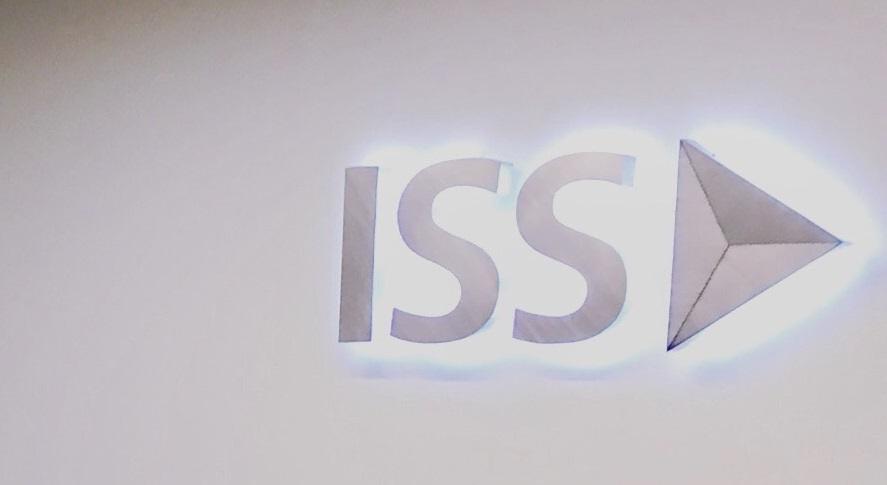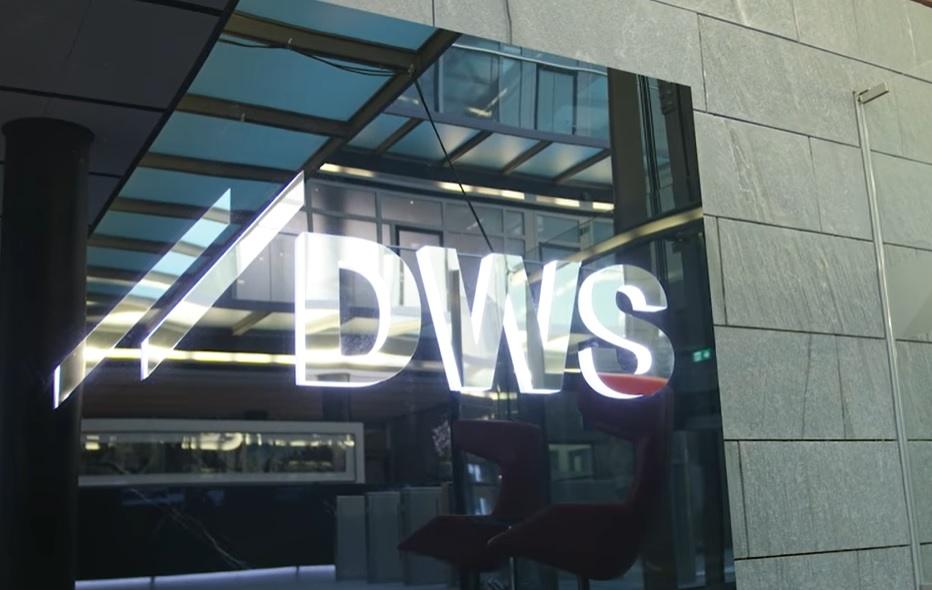Mirova, Robeco Launch Platform to Compare Decarbonization Impact of Climate Solutions
Asset managers Mirova, Robeco, and Edmond de Rothschild AM and sustainability-focused consulting firms I Care by BearingPoint and BCG’s Quantis announced today the launch of the Avoided Emissions Platform (AEP), a new tool aimed at enabling investors and companies to assess and compare the decarbonization impact of different climate solutions.
According to the companies, the new platform comes to address the lack of transparent, quantified data to support the comparison of a wide and growing range of decarbonized alternatives to carbon-intensive activities, needed to redirect financial flows toward companies facilitating decarbonization.
Manuel Coeslier, Lead Expert, Climate & Environment at Mirova, said:
“The financial sector plays a key role in driving the economy towards net zero emissions globally. Clear and comprehensive information on companies’ true contributions to this goal is essential, notably through the provision of climate solutions.”
The new platform models the avoided emission factors for 65 climate solutions, based on a transparent and open access methodology for calculating avoided emissions, or “scope 4” emissions. The companies said that the platform will be expanded over time with new solutions.
By standardizing how avoided emissions, known as Scope 4 emissions, are calculated, financial institutions can more efficiently align their portfolios with global net-zero objectives, the asset managers said. In addition, companies can calculate and communicate their avoided emissions; and regulatory bodies can garner insights to guide policy development, the companies said.
Lucian Peppelenbos, Climate & Biodiversity Strategist at Robeco, said:
“Robeco has a long-standing commitment to invest in the net zero transition. In particular, our climate products, such as the Smart Energy and the Global Climate Transition funds, have been investing in climate solutions for many years. This new database will help us credibly quantify their true contribution to climate mitigation. This addresses the high demand from our clients for more extensive impact measurement.”





